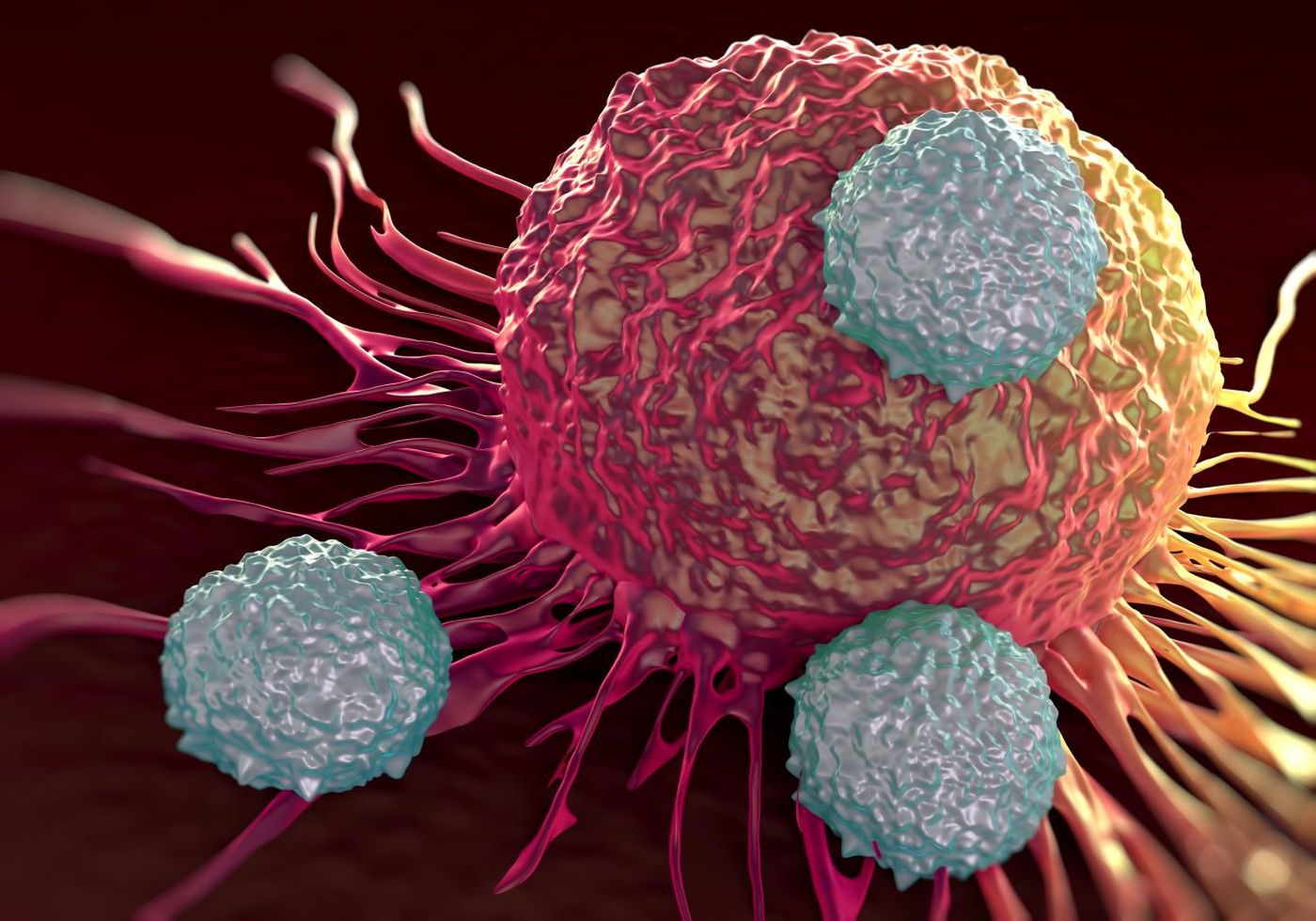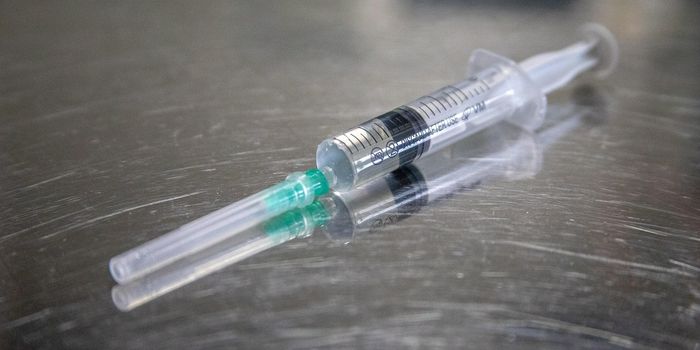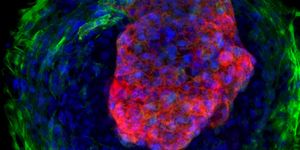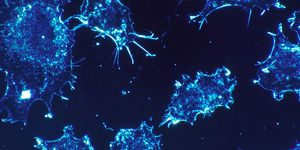T Cells Pushed Into Hyperdrive to Fight Viruses
As part of the immune response, T cells react differently to an acute infection versus a chronic infection, and this difference is often the heart of what makes chronic infections so hard to clear. Scientists from the La Jolla Institute for Allergy and Immunology are hoping to understand why the immune cells make different choices, in hopes that they could then tinker with their genetic makeup to fix problems.
Researchers conducted a genome-wide mapping of changes in chromatin accessibility while T cells responded to either acute or chronic infections, a series of observations that are like opening up the lid of a grand piano to see what happens on the inside when you press a key or chord of keys on the outside.
Chromatin consists of the complete population of genomic DNA sequences and their proteins. It packages and condenses DNA so genetic material take up a fraction of the space as it would completely unraveled, and chromatin also controls gene expression by opening up or closing off subsets of the genome to transcription factors. The current study used a method called ATAC-seq to identify the open areas of chromatin. By finding the subsets of the T cell genome that are open to transcription factors, ATAC-seq provides scientists the data for understanding how T cell behavior is directed through activated genes or not directed through silenced genes.
When T cells are fighting a chronic infection they appear to become “exhausted” by the continuous battle. Instead of clearing the infection like the cells do in cases of acute infection, T cells express inhibitor cell surface receptors that send inhibitory signals into the cell, halting the anti-infection attack. While this response is helpful in preventing excessive inflammation after an infection is cleared, it also prevents the continuing of an attack when a viral invader is still present. When the inhibitor signals prevent effector T cells from properly doing their job, it is called “T cell exhaustion.”
However, the study’s first author James Scott-Browne, PhD, said that thanks to their research, they “may be able to revert the exhaustion phenotype of T cells and render them better able to fight tumors or chronic viral infections such as HIV, or generate better memory cells in response to vaccines.”
Scott-Browne and the team from the La Jolla Institute for Allergy and Immunology have this potential because of their studies of transcription factors that influence both T cell activation and exhaustion. A key player is NFAT, a “molecular linchpin” that mediates between states of activation and exhaustion. T cell receptors on the surface of T cells are programmed to recognize foreign proteins, which triggers a signaling cascade that ultimately leads to the activation of NFAT and its partner AP-1.
Together, NFAT and AP-1 bind to regulatory regions in the genome that trigger T cell activation in response to cancer and viral infection. But NFAT alone binds to a different subset of regulatory regions, causing T cells to become exhausted and leading to the inhibition of the immune system response to cancer and infection
Scott-Browne’s present study builds on past studies in lab-grown T cells, this time studying T cells extracted from mice suffering either acute or chronic viral infections. They found that there are large differences in chromatin structure between naive T cells and effector T cells but hardly any difference between effector T cells and exhausted cells or memory cells, which are left behind after an infection is wiped out.
“The differences in the functions of these cell types depend mostly on the action of transcription factors that bind the already open chromatin regions,” explained co-lead author Renata Pereira. “So transcription factors could be a more interesting target to modulate the function of T cells than proteins that modulate if the chromatin is more or less accessible."
The study was recently published in the journal Immunity.









